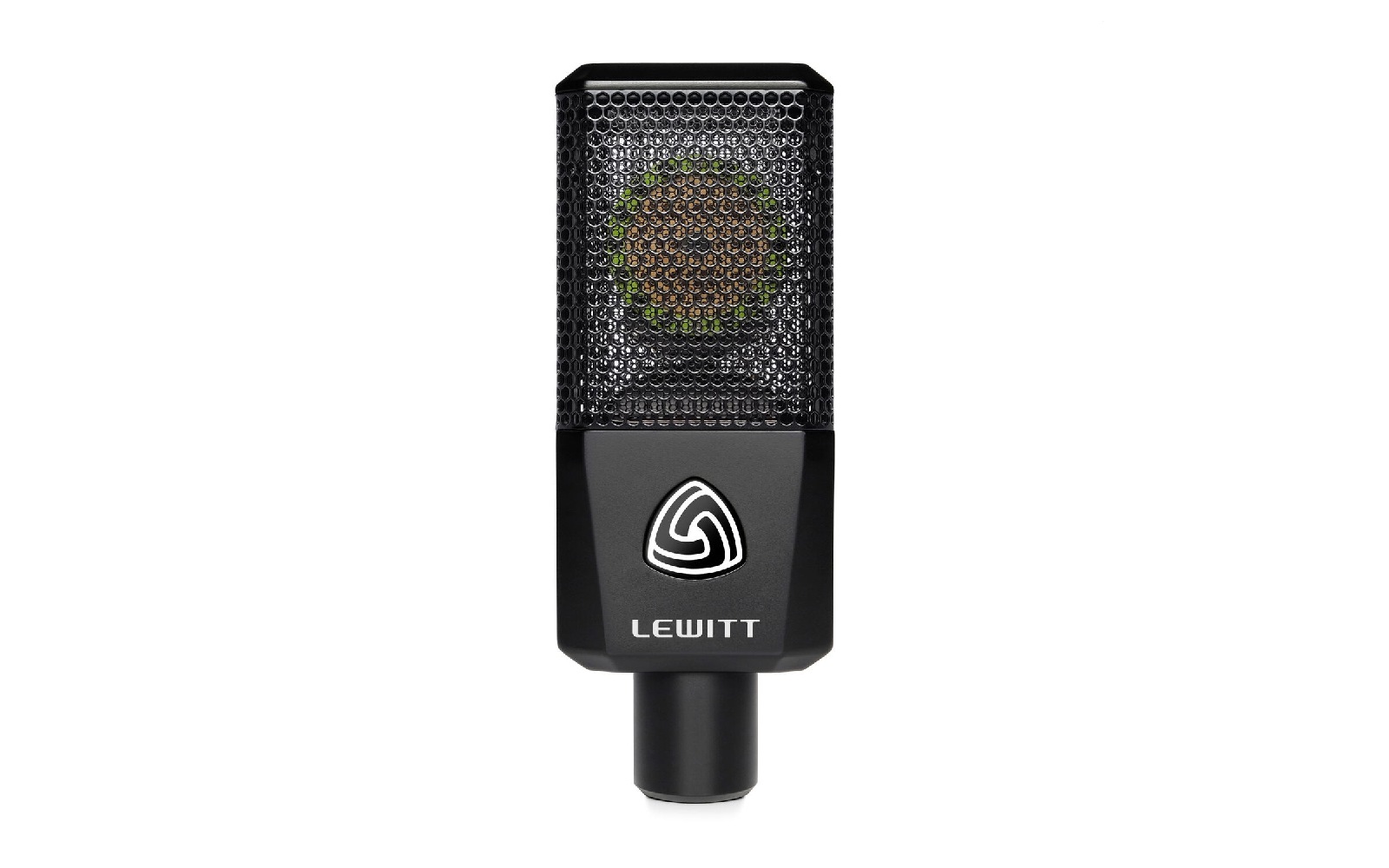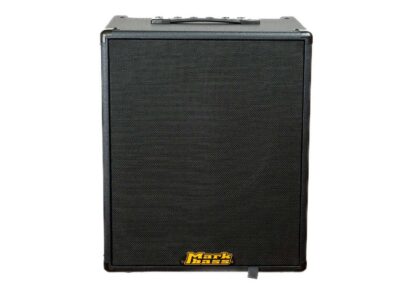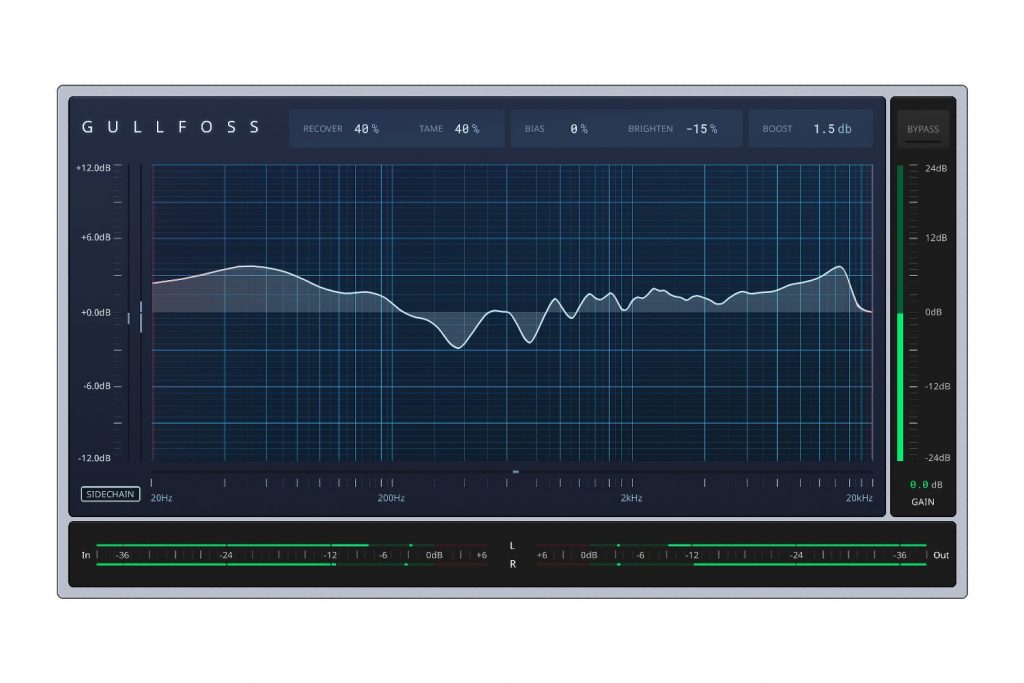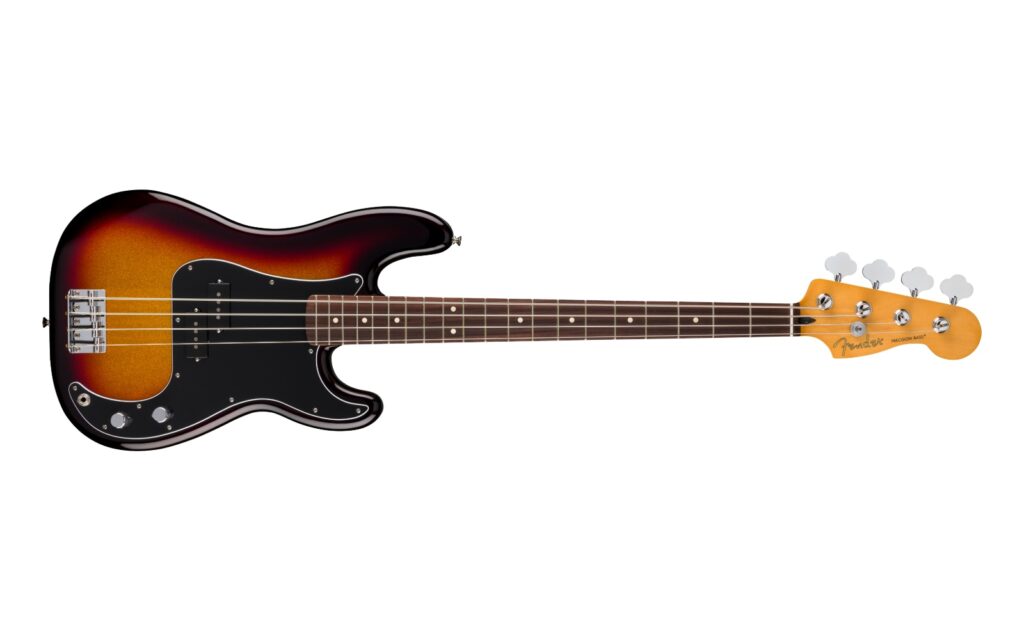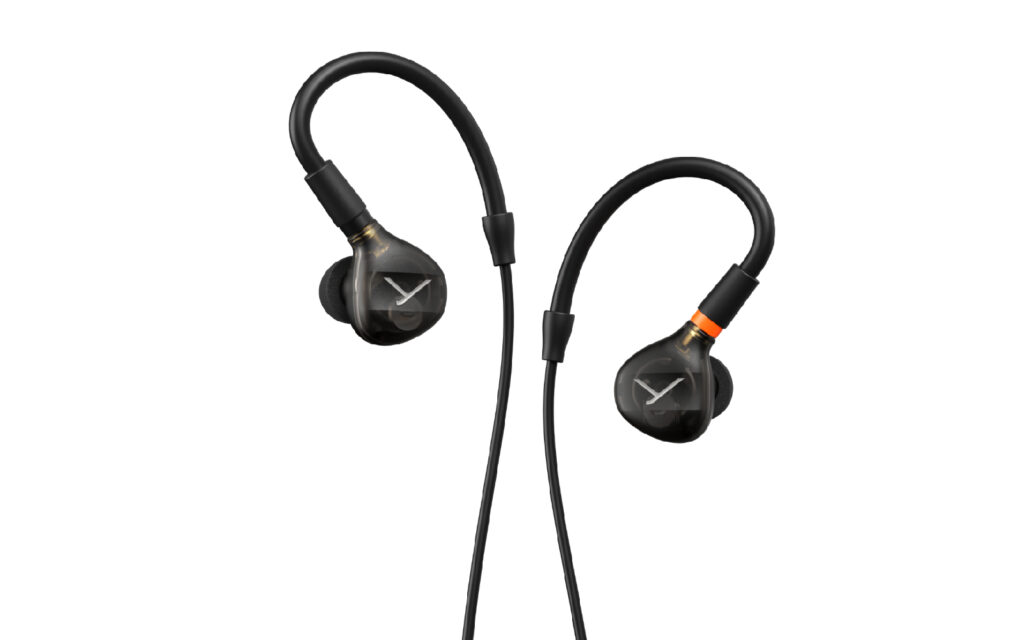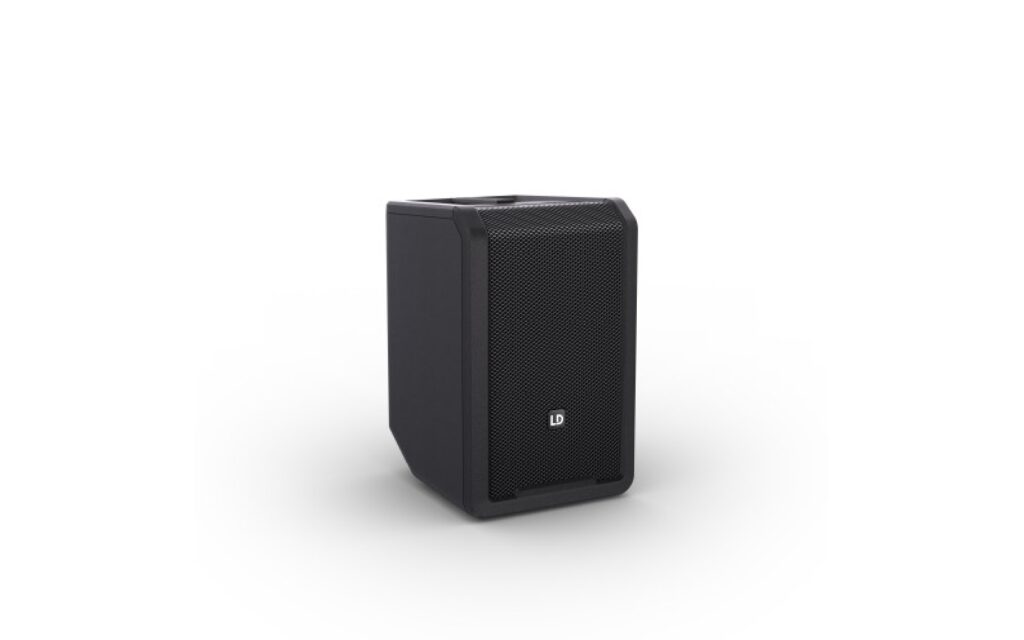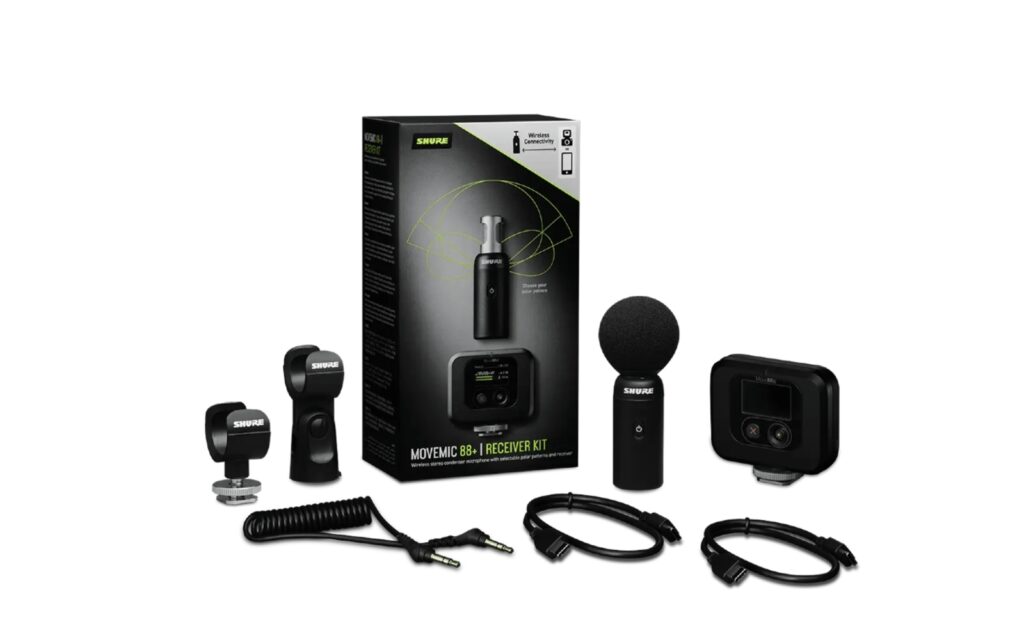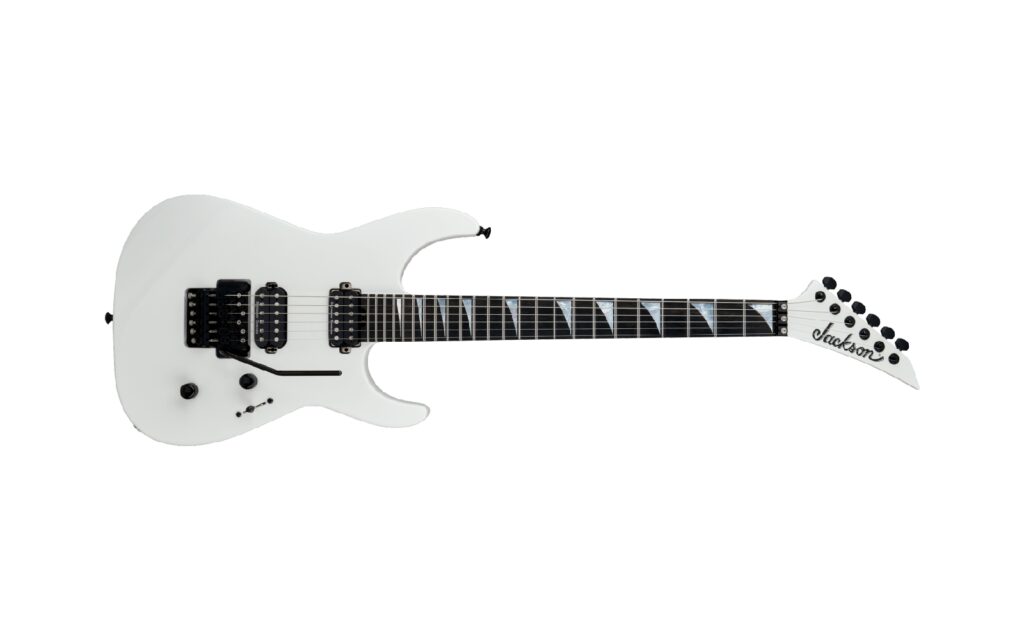Lewitt RAY Microphone | Electric Factory | RRP: $479
A microphone that can automatically mute and compensate for things like proximity effect. It sounds like science fiction right? The team over at Lewitt Audio in Austria have been busy bringing the future forward in microphone design with an exciting new addition to their already impressive mic locker.
Since their start in 2009, Lewitt Audio have been flipping the script in what is possible when it comes to microphone design and implemented technology. Their groundbreaking flagship 1040 microphone system for example introduced engineers to the ability to interact with a microphone’s tube, changing its harmonic characteristics and even being able to blend between tube and FET circuitry, all via remote control. So needless to say, innovation and exploration are second nature to the engineers at the forward thinking Vienna-based pro audio company.
Catch up on all the latest music gear reviews here.
With such a significant shift in the past five or so years towards the world of content creation from podcasting, live streaming and video content it should come as no surprise that pro audio manufacturers have jumped down the proverbial rabbit hole with products heavily focused on this corner of the market. Not only are companies supporting and facilitating this monumental growth by designing products that meet the specific needs of these types of creatives, but they are in fact helping redefine what it is they need in a product, which brings me this microphone review.
On the surface, “RAY” looks pretty typical of one of Lewitt’s studio condenser mics. Heavily based on their incredibly popular LCT440 Pure, RAY is a high quality condenser microphone, with a fixed cardioid polar pattern, 1” gold sputtered true condenser capsule with a XLR connector and frequency response of 20Hz – 20kHz. Nothing out of the ordinary there. On spec RAY performs well, with a rated sensitivity of 22.6 mV/Pa, -32.9dBV/Pa, self-noise of 8dB (A), a max SPL of 131dB (0.5 % THD), signal / noise ratio 86dB (A) and dynamic range of 123dB (A). These are pretty impressive specs for a mic living in the entry to mid-tier corner of the market.
Spec aside though, RAY lives in a world of its own when it comes to in-built technology. Taking a look at the front face plate and seeing the words ‘Aura’ and ‘Mute’ with a little stepped LED display, my curiosity was certainly piqued. Whilst many USB microphones have an in-built mute button on the chassis (not exactly anything new), it’s not something found on an 3-pin XLR terminated microphone. But the mute button on RAY isn’t just a typically mute button either (although it certainly can be used as such if desired) but instead has some incredibly clever trickery going on. Via the display, a predetermined distance can be set to mute the microphone’s output automatically, attenuating the mic by -70dB, with stepped distance options of 15, 30, 45, 60 or 80 cm. The real world use of this technology is actually pretty wild and super useful in critical recording situations such as live streaming when you never know when a sneeze, cough or other such unexpected noise from someone is going to potentially interrupt an otherwise smooth and faultless recording. But this is just the tip of the proverbial iceberg.
The other button ‘Aura’ is where RAY really dives into sci-fi territory. Being the first in the family of Lewitt microphones to harness this groundbreaking tech, when engaged, ‘Aura’ is able to automatically detect the distance of a user from the microphone and in turn automatically compensate in real time and adjust its frequency response accordingly. Just letting that sink in for a second, this essentially means that no matter how close or far away from RAY a user is, the sound profile remains consistent. This is an absolute game-changer and suited for so many different types of recording scenarios, but particularly alluring for content creators. How many editing hours have been taken up with adjusting volume and EQ of recorded voices when a guest (or host) moves around a microphone perhaps a little too animated, continually changing distance, volume and frequency response. This not only makes for a lengthy editing process but if not handled correctly, can result in a clunky and less than desirable final recording. If only everyone understood proper mic technique! Aside from alleviating the technical fix up job required for scenarios such as this, it also allows creators to keep, well, creating, rather than worrying about how much editing work they’ll have to do after a session. Given how sophisticated this is and the processing power involved, it sounds remarkably smooth and natural and not to mention, doesn’t skyrocket the price either, which is pretty impressive and dare I say it, refreshing.
Aside from the technology side of things, RAY is aesthetically very pleasing. Its compact design, small profile and subtle physical features make it a perfect match for studios, live recording environments and particularly under camera. The mic itself is well built and feels nice and sturdy in the hand.
The included accessories are equally well made, particularly the shock mount and pop filter, with the latter cleverly magnetically attaching to the shock mount. The included wind guard is a nice addition and great for those wanting to record with RAY outdoors. Everything feels solid and robust but not at all cumbersome, perfect for podcasters, content creators and video makers.
On the whole RAY sounds great, feels great and is a fine example of Lewitt Audio’s dedication to forward thinking microphone design. For an entry to mid tier level condenser mic, RAY is genuinely impressive. A worthy addition to any content creators tool set or engineers/musicians mic locker.
For local Lewitt enquiries, visit ELFA.
